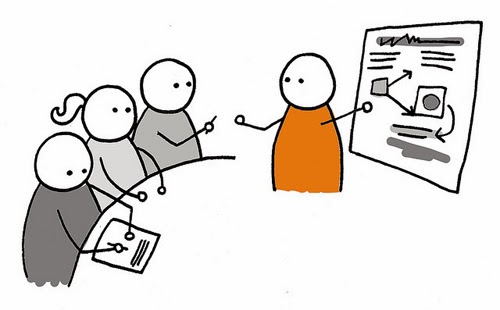You're just a normal person. But you want to impress your friends. Seem High-Tech. So you thought up a little plan. Make your own Operating Software! But you aren't a computer guru. Making an Operating System is as hard as you think it is. But there is a little solution to your problem...Suse Studios. Suse Studios is a website to help you make your own OS(Operating System) distribution P.S"Based on opensuse".
STEPS
STEPS
- 1Open your web browser and type in "susestudio.com"
- 2In the top right corner of the page, you'll see a Create account/Sign in link. Click one of the following that you have an account in: Google, Yahoo, Twitter, Facebook, OpenID, or Novell.
- 3A "Sign In" screen will appear. Type in your password and click 'Sign In'.
- 4This message should appear: Click "Agree" to sign in to susestudio.com using your ID, and allow sharing of info. Click the "Agree" button.
- 5Fill in the required fields, including the display name and your email address.
- 6Click "Yes, I Agree to the terms of use".
- 7Decide which operating system "look and feel" you would like to make. A Windows XP "look and feel" or a Linux "look and feel"?
- Either way, you are still creating a Linux Based OS. It's just a matter of what you want it to look like.
- 8Choose the desktop type(KDE or Gnome). Keep it simple. Don't mind the 32 or 64 bit options.
- 9Once you have completed this, a new screen will take form. Click the Software tab.
- 10To get you started off, type into the search for software box: "Flash Player".
- 11Click the first one on the list.
- 12Type in "Fire Fox". Click the Mozilla Firefox option.
- 13Scroll down to "recommended". Click the second option "Gimp". Go to Games and click the first three options.
- 14Click the Configuration tab.
- 15Click the Personalize button under the configuration tab. Choose from the already uploaded pictures or upload your own. For Background, try the third picture. And for Logo, you can upload your own picture of preference.
- 16Click the Desktop button under the Build tab. Click the "Automatically log in user" Box.
- Don't mess with any of the other options. For that could cut or destroy the performance of the Operating System.
- 17Go to the Build tab. It should display this message: "You still need to verify your account with the link we sent to your email address before you can build."
- 18You can request another verification email below. Open it and click the link enclosed to remove all restrictions from SUSE Studio.
- Go to your email and click the email that has been sent to you by Suse Studios. All you have to do is click the link in the email to activate full control over your Suse account.
- 19Go back to Suse Studios and refresh the page.
- 20Click the Build tab.
- 21Click the drop down menu and click the second option, "Live CD/DVD (.iso)"
- 22Click Build. Depending on your internet speed, this could take some time to Build. Just be patient. It will take about 12 minutes.
- 23Test-drive your operating system! Near the bottom of the screen, you should see your OS. Click the Test-drive link and let it Boot. When the OS screen comes on, press Enter on your keyboard.
- 24On the first tab on your web browser, next to the test-drive, click Download. This will take a while, but when you finally have it, open it in a CD burning Program such as Roxio.
- 25Once you have put it on CD or DVD, you can distribute it whoever you wish, or just show it off to your friends.











